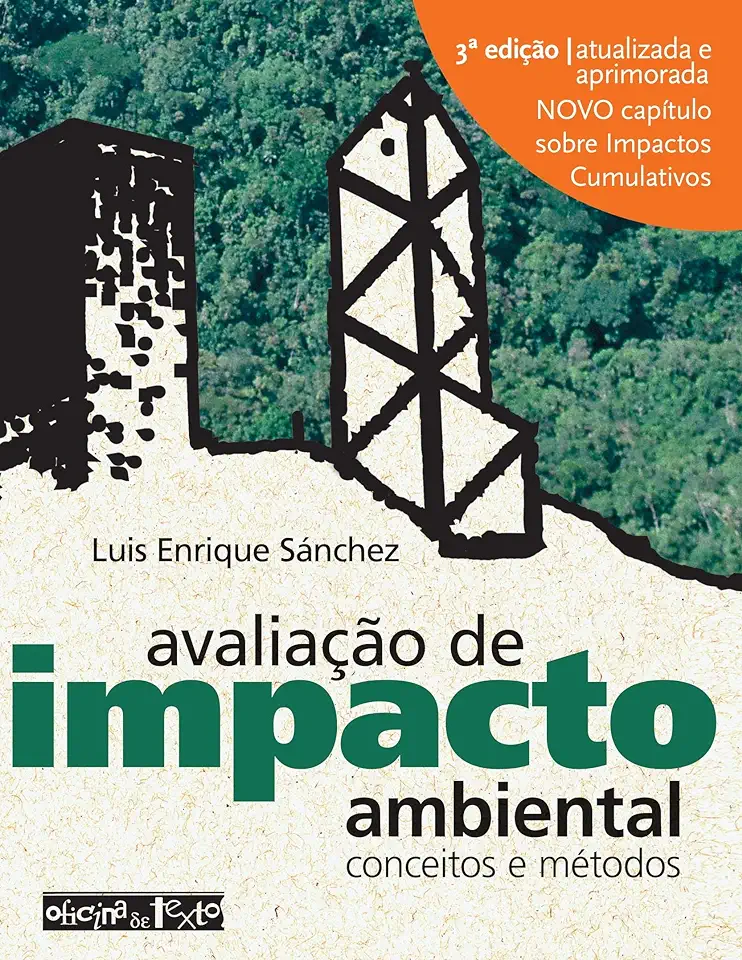
Environmental Impact Assessment Concepts and Methods - Luis Enrique Sánchez
Environmental Impact Assessment Concepts and Methods: A Comprehensive Guide
Introduction
In today's rapidly developing world, it is crucial to consider the environmental implications of our actions. Environmental Impact Assessment (EIA) has emerged as a powerful tool to ensure that development projects are planned, designed, and implemented in a sustainable manner. This comprehensive book, authored by Luis Enrique Sánchez, provides a thorough understanding of EIA concepts and methods, empowering readers to make informed decisions and mitigate potential adverse environmental impacts.
Key Features
Comprehensive Coverage: This book covers the entire spectrum of EIA, from its historical evolution to the latest advancements in the field. It delves into the legal and policy frameworks, methodologies, and best practices for conducting EIAs, making it an invaluable resource for professionals, policymakers, and students alike.
Real-World Examples: The book is enriched with numerous real-world case studies and examples, illustrating the practical application of EIA principles. These case studies span a wide range of industries and sectors, showcasing the diverse challenges and opportunities associated with EIA implementation.
Expert Insights: Written by a renowned expert in the field, this book benefits from the author's extensive experience and knowledge. Luis Enrique Sánchez provides valuable insights into the intricacies of EIA, offering practical guidance and thought-provoking perspectives.
Chapter Overview
Chapter 1: Introduction to Environmental Impact Assessment
- Provides an overview of the concept of EIA, its historical development, and its significance in sustainable development.
Chapter 2: Legal and Policy Frameworks for EIA
- Explores the legal and policy frameworks that govern EIA at international, national, and regional levels.
Chapter 3: Scoping and Screening
- Discusses the processes of scoping and screening, which help identify and prioritize potential environmental impacts for further assessment.
Chapter 4: Impact Identification and Prediction
- Presents various methods for identifying and predicting the potential environmental impacts of development projects.
Chapter 5: Impact Evaluation and Mitigation
- Examines techniques for evaluating the significance of environmental impacts and developing appropriate mitigation measures.
Chapter 6: Public Participation and Stakeholder Engagement
- Highlights the importance of public participation and stakeholder engagement in the EIA process, ensuring transparency and inclusivity.
Chapter 7: Review and Decision-Making
- Explores the review process of EIA reports and the decision-making process for approving or rejecting development projects.
Chapter 8: Monitoring and Compliance
- Discusses the importance of monitoring and compliance to ensure that environmental commitments are met throughout the project lifecycle.
Chapter 9: Emerging Trends and Challenges
- Examines emerging trends and challenges in EIA, including climate change, biodiversity loss, and sustainable development.
Conclusion
"Environmental Impact Assessment Concepts and Methods" is an indispensable resource for anyone seeking to understand and effectively implement EIA. Its comprehensive coverage, real-world examples, and expert insights make it a must-have for environmental professionals, policymakers, and students. By embracing the principles and practices outlined in this book, we can collectively work towards minimizing the adverse environmental impacts of development and fostering a more sustainable future for our planet.
Enjoyed the summary? Discover all the details and take your reading to the next level — [click here to view the book on Amazon!]